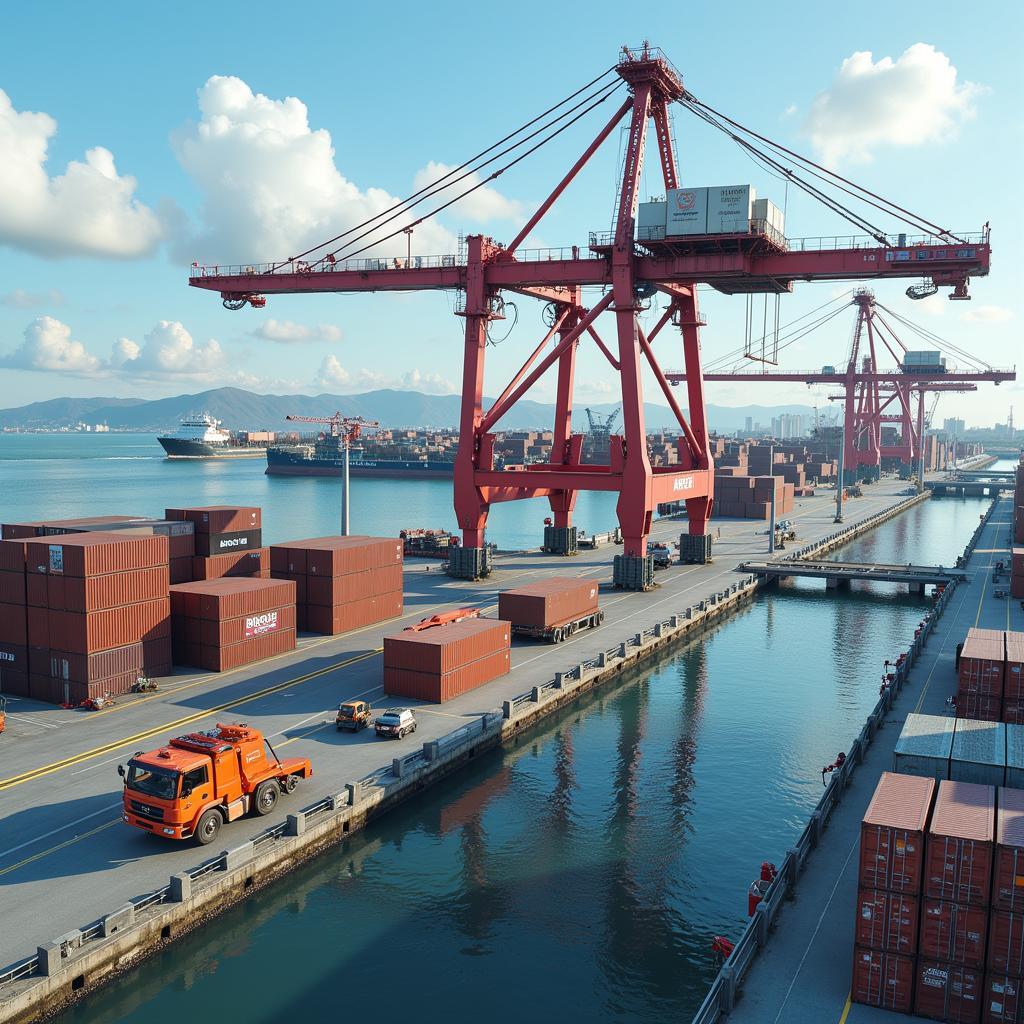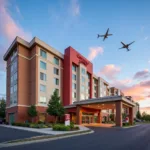2016 marked a year of significant advancements in railway, airport, and harbour engineering. This article delves into the key developments and trends that shaped these crucial infrastructure sectors during that pivotal year, exploring the innovations and challenges that defined the landscape of transportation and logistics.
A Year of Innovation: Exploring 2016 Railway, Airport and Harbour Engineering
2016 witnessed a global push towards enhancing transportation infrastructure. From high-speed rail projects connecting major cities to airport expansions accommodating growing passenger numbers and harbor developments optimizing cargo handling, the year saw substantial investments and technological breakthroughs across the board. This drive for efficiency, sustainability, and improved connectivity fueled numerous projects, shaping the future of these vital sectors.
Railway Engineering in 2016: High-Speed Rail and Beyond
In 2016, high-speed rail continued its global expansion, with several countries investing heavily in new lines and upgrading existing networks. China, a leader in high-speed rail technology, further extended its impressive network, while other nations like Spain and Japan continued to refine their systems. Beyond high-speed rail, 2016 also saw advancements in urban rail transit, with cities around the world embracing metro and light rail systems to address growing urban populations and traffic congestion.
Improved signaling systems and train control technologies played a significant role in enhancing safety and efficiency on rail networks. 2016 saw increased adoption of advanced signaling solutions, enabling higher train frequencies and reduced delays.
Airport Engineering in 2016: Expanding Capacity and Enhancing Passenger Experience
The aviation industry continued its growth trajectory in 2016, prompting airports worldwide to expand their capacity and improve passenger experience. Several major airports undertook expansion projects, including the construction of new terminals and runways, to accommodate the increasing number of travelers. Focus was also placed on optimizing passenger flow, implementing advanced security measures, and integrating smart technologies to enhance the overall travel experience.
Furthermore, 2016 saw growing interest in sustainable airport design and operations. Airports began implementing eco-friendly practices, such as using renewable energy sources and optimizing resource management, to reduce their environmental impact.
Harbour Engineering in 2016: Optimizing Cargo Handling and Addressing Environmental Concerns
The maritime industry faced increasing pressure to optimize cargo handling and address environmental concerns in 2016. Ports and harbors invested in automated container terminals and advanced logistics systems to streamline operations and improve efficiency. Furthermore, there was a growing emphasis on sustainable port development, with initiatives focused on reducing emissions, managing waste, and protecting marine ecosystems.
 2016 Automated Container Terminal Technology
2016 Automated Container Terminal Technology
“2016 was a crucial year for the integration of smart technologies in port operations,” says Dr. Emily Carter, a renowned expert in maritime logistics. “The implementation of automated systems not only enhanced efficiency but also paved the way for future advancements in the industry.”
Conclusion: Reflecting on 2016 Railway, Airport, and Harbour Engineering
2016 proved to be a significant year for railway, airport, and harbour engineering, with advancements across the board driving progress in transportation and logistics. From high-speed rail and airport expansions to automated port technologies, these developments laid the foundation for a more connected and efficient future. Further research and investment in these critical infrastructure sectors will continue to shape the global landscape for years to come.
“The advancements in 2016 laid the groundwork for the smart infrastructure solutions we see today,” adds Dr. David Lee, a leading expert in transportation engineering. “The focus on sustainability and efficiency set the stage for a more interconnected and environmentally conscious approach to transportation development.”
FAQ
- What were the major trends in railway engineering in 2016?
- How did airport engineering evolve in 2016 to meet the growing demands of air travel?
- What were the key challenges faced by the harbor engineering sector in 2016?
- How did 2016 contribute to the development of sustainable transportation infrastructure?
- What were some of the most notable projects in railway, airport, and harbor engineering in 2016?
- What role did technology play in the advancements of these sectors in 2016?
- What are the long-term implications of the developments in 2016 for the future of transportation?
Need support? Contact us at +13089626264, email us at [email protected], or visit us at 404 Bothwell St, Oxford, NE 68967, USA. We have a 24/7 customer support team.

